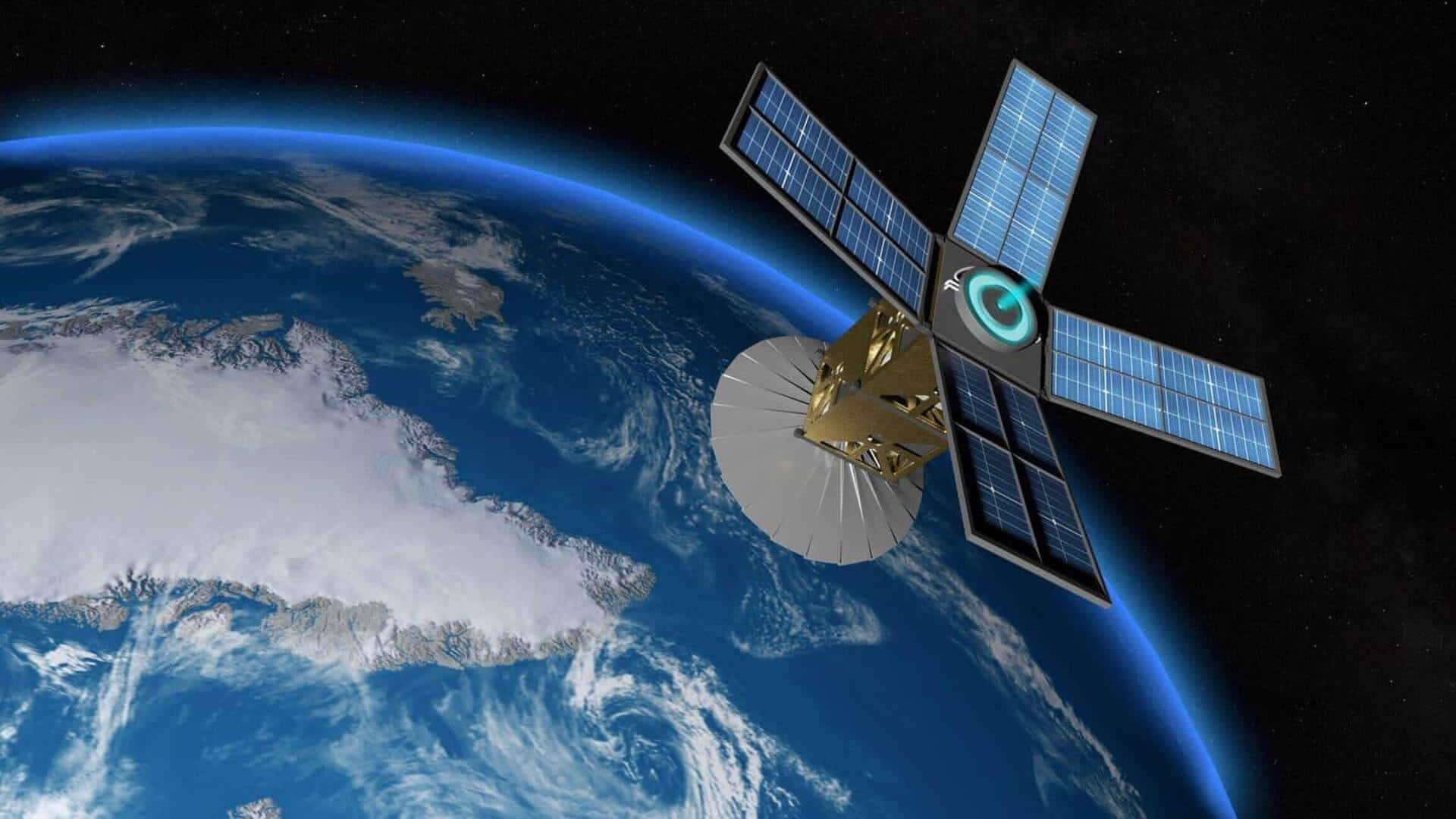
Solar storms are killing SpaceX's Starlink satellites, says NASA
What's the story
A recent NASA-led study has revealed that solar storms are shortening the lives of satellites in Earth's orbit, especially SpaceX's Starlink satellites. The research was conducted by Denny Oliveira at NASA's Goddard Space Flight Center in Maryland. It shows how geomagnetic storms caused by the Sun's activity are increasing drag on these satellites and accelerating their re-entry into Earth's atmosphere.
Eruption effects
Solar maximum's impact on satellite lifespan
The Sun goes through an 11-year cycle of activity, with the peak phase called solar maximum. During this period, solar eruptions intensify and create geomagnetic storms that heat up Earth's atmosphere and cause it to expand outward. These storms have been found to reduce a satellite's lifetime by as much as 10 days. The phenomenon was last observed in late 2024 when Oliveira and his team studied its effect on Starlink satellites.
Fleet challenges
Starlink's growing fleet faces unprecedented re-entries
SpaceX currently has over 7,000 Starlink satellites in orbit and plans to launch more every week. The company hopes to have more than 30,000 of these satellites in space. However, with this increase in the number of satellites comes an increase in re-entries as well. Between 2020 and 2024, a total of 523 Starlink satellites were tracked re-entering Earth's atmosphere where they are designed to burn up completely.
Storm impact
Geomagnetic storms accelerate satellite re-entries
Oliveira noted that during geomagnetic storms, satellites re-enter Earth's atmosphere faster than expected. He cited an example when 37 Starlink satellites re-entered just five days after launch, a far cry from the usual 15+ day period. These rapid re-entries were directly attributed to geomagnetic disturbances caused by heightened solar activity.
Operational implications
Solar storms pose risks and benefits for satellite operators
The accelerated re-entries could help satellite operators like SpaceX remove defunct satellites from orbit more quickly. However, it also poses a risk as faster re-entries could prevent some satellites from burning up completely in Earth's atmosphere and potentially reaching the ground. In August 2024, a 2.5kg piece of a Starlink satellite was found on a farm in Saskatchewan, Canada—the only confirmed case of Starlink debris surviving atmospheric re-entry.